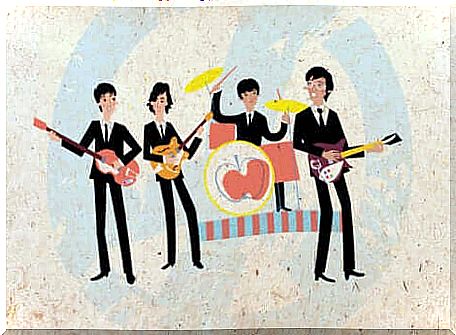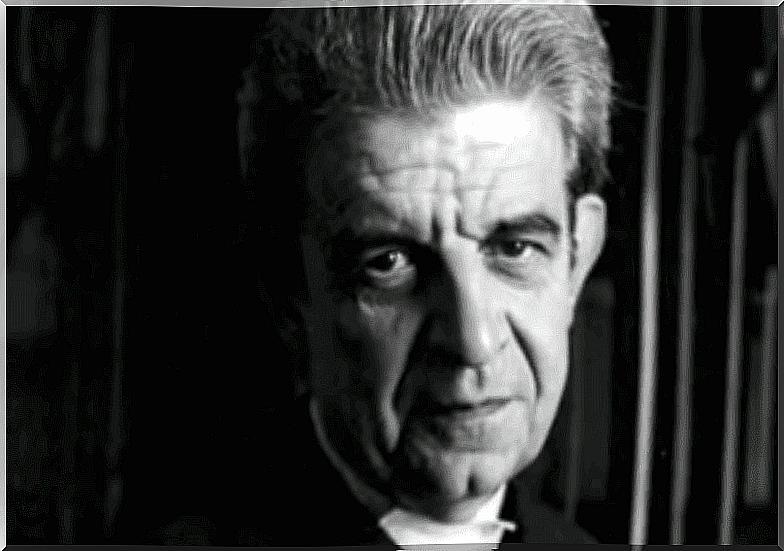Subliminal Messages In Music: Myth Or Reality?

The issue of subliminal messages in music has always been surrounded by controversy. For some, this is just a myth. For others, an unimportant anecdote. Others, on the other hand, believe that it is a manipulation mechanism capable of changing people’s behavior and influencing their values.
There is not yet a definitive conclusion on this subject, neither around subliminal messages in music nor on their relation to the image. In fact, the information we have is contradictory. Several governments have banned this type of message, but at the same time, most researchers have downplayed its real effectiveness.
The subject became popular at times and caused laughter as well as great concerns. It has already been claimed that subliminal messages in music incite crime, the practice of Satanism, the use of drugs, etc. How much is true in all of this?

A little history
First of all, it must be remembered that subliminal messages are those which are designed to be picked up below normal limits of perception. In other words, these messages cannot be consciously perceived. They are received without our realizing it.
Everything indicates that these messages have been talked about for thousands of years. Aristotle was referring to impulses which go unnoticed when we are awake but which reappear vigorously when we sleep. Montaigne, Poetzle and later Sigmund Freud also mentioned this type of unconscious phenomenon.
Nevertheless, technological progress has made it possible to shed light on these phenomena with great ease. Thus, in the twentieth century, it was clearly established that this type of communication was possible.
In 1957, we had a famous experiment with images and almost ten years after The Beatles , we started talking about subliminal messages in music or backmasking.
Subliminal messages in music
Subliminal messages in music or backmasking are codified using a recording technique. This consists of recording a sound in the back, on a track designed to be listened to in the forward direction. This means that said message can only be consciously listened to if the track is listening backwards.
Two decisive factors explain the birth of subliminal messages in music. First of all, we saw the advent of concrete music in France. In this genre, the sounds of electronic instruments were combined with sounds recorded in the environment or in industry. They were then combined in the recording studio.
The second factor was the use of recording tapes to record and preserve the original performances of the musicians. This made it possible to combine, cut, layer and paste fragments to the original recording.
The Beatles’ seventh album included for the first time a track in which there were lyrics recorded backwards. The song, released in 1966, was called Rain. The group’s goal was to satirize, experiment and deliver new sounds. Since then, many artists have resorted to the same process. Subliminal messages in music have become common.

Some doubts persist
Several religious movements quickly began to speak out on this kind of process. In addition, some urban legends have also gained prominence. Many people were listening to the tapes backwards and finding hidden messages. However, these were often pure coincidences, without foundation.
The clerics, in particular, accused several rock groups of inciting the youth to worship the demon, to commit crimes or to consume drugs. The debate peaked in 1985 when psychologists John R. Vokey and J. Don Read conducted an experiment. They recorded a psalm from The Bible upside down and observed listeners’ reactions.
The researchers concluded that subliminal messages in music had no noticeable effect on the receptors. In 1996, C. Trappery carried out 23 experiments and came to the same conclusions. Nevertheless, researchers Johan C. Karremansa, Wolfang Stroebeb and Jasper Claus of the University of Utrecht carried out a new experiment in 2006. They showed that these messages did indeed modify the behavior of people. The debate is not yet closed.









